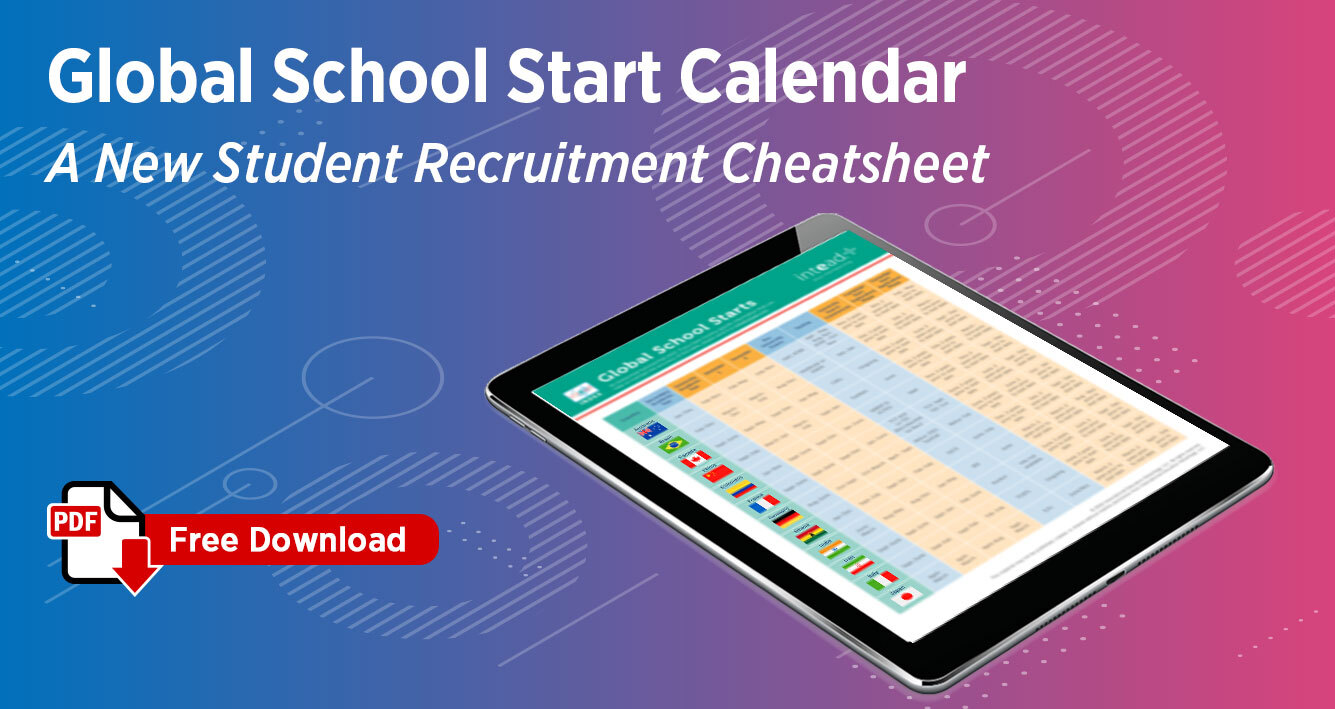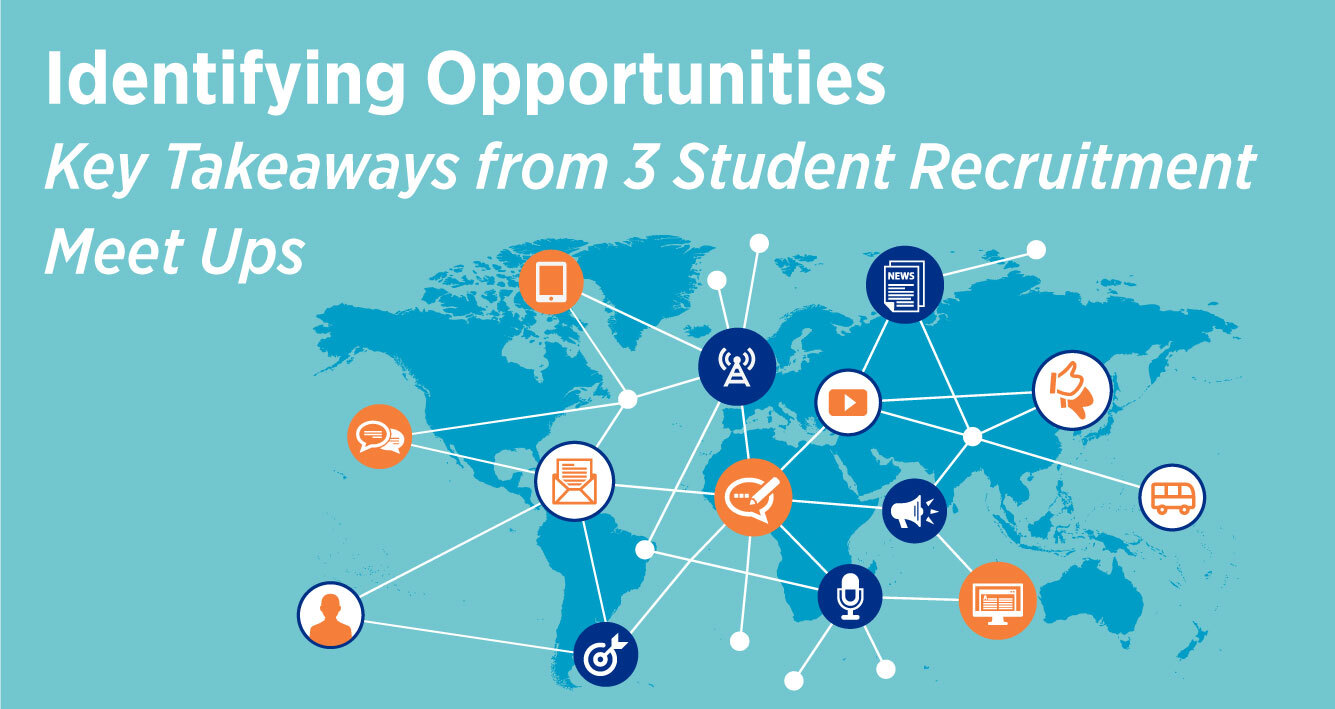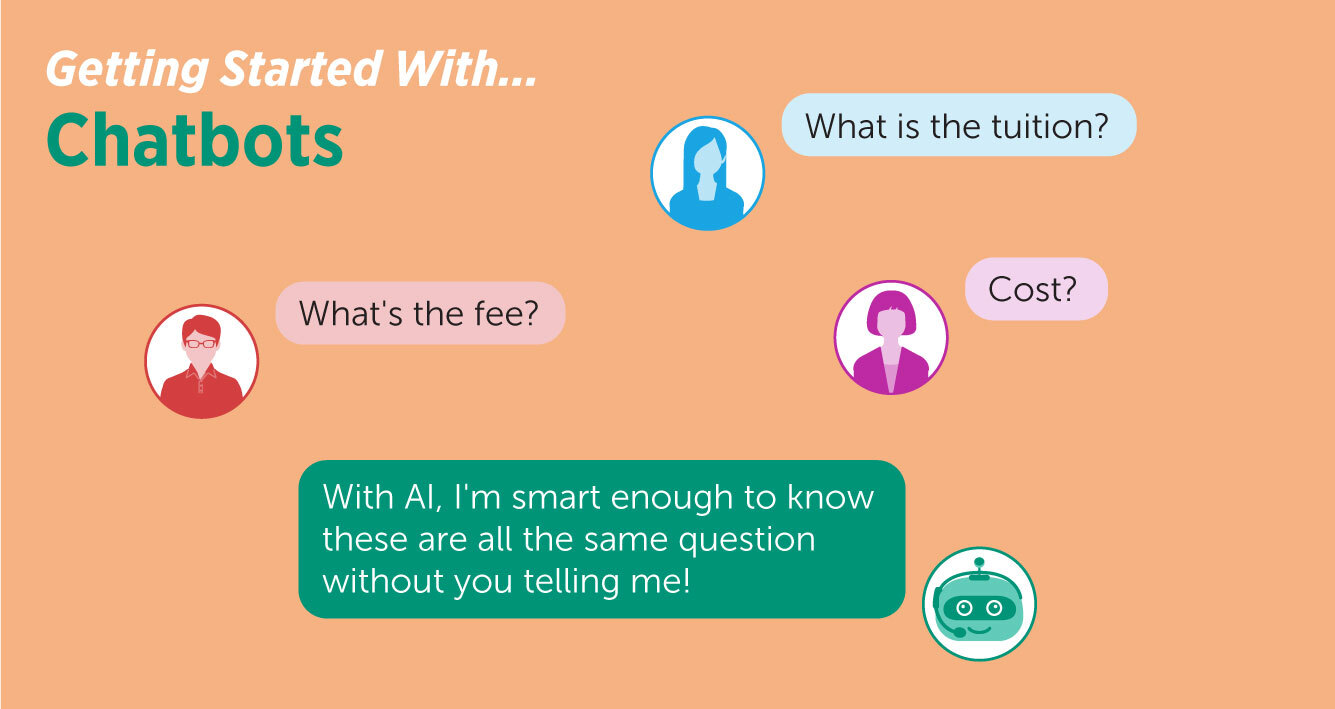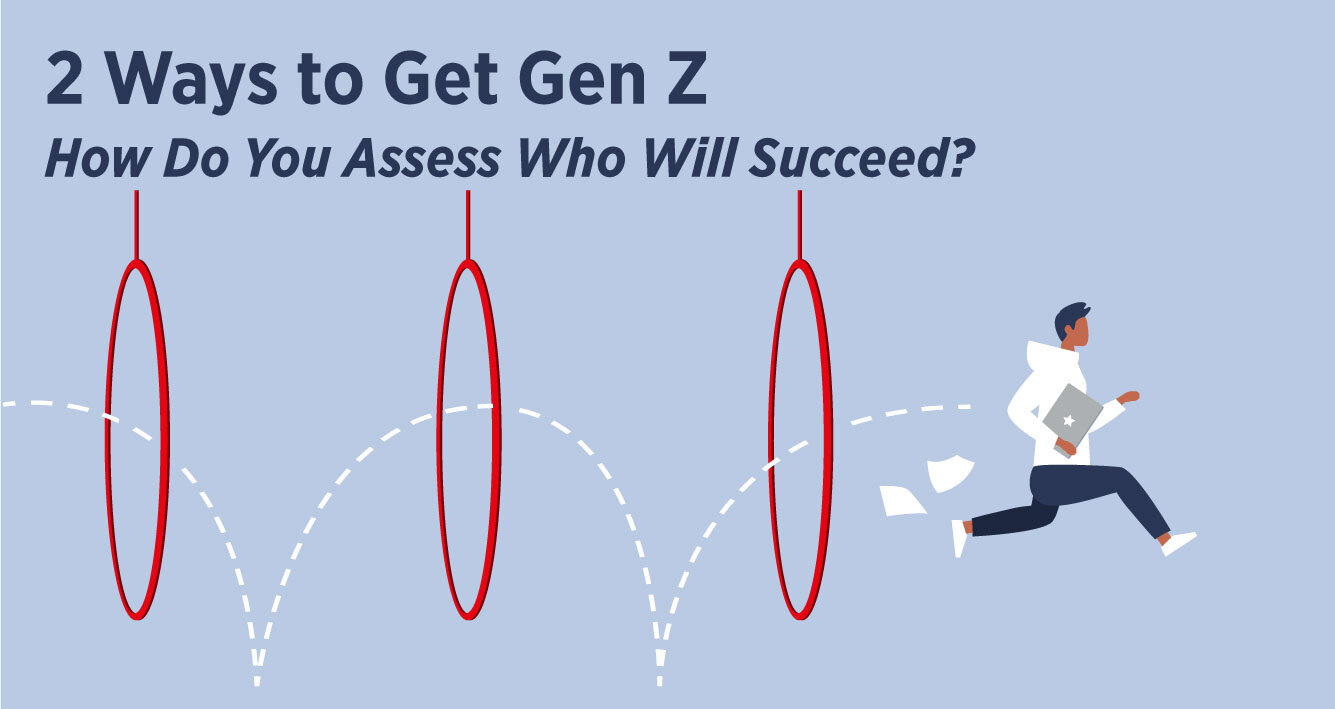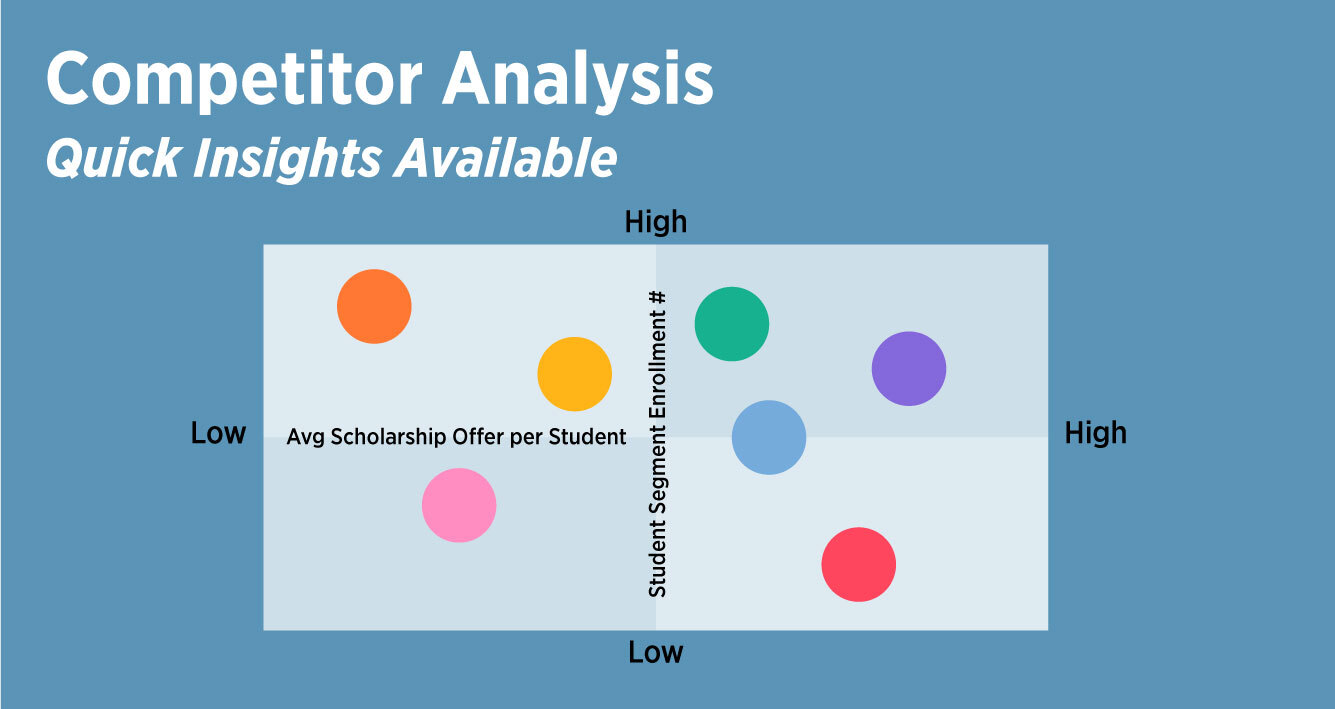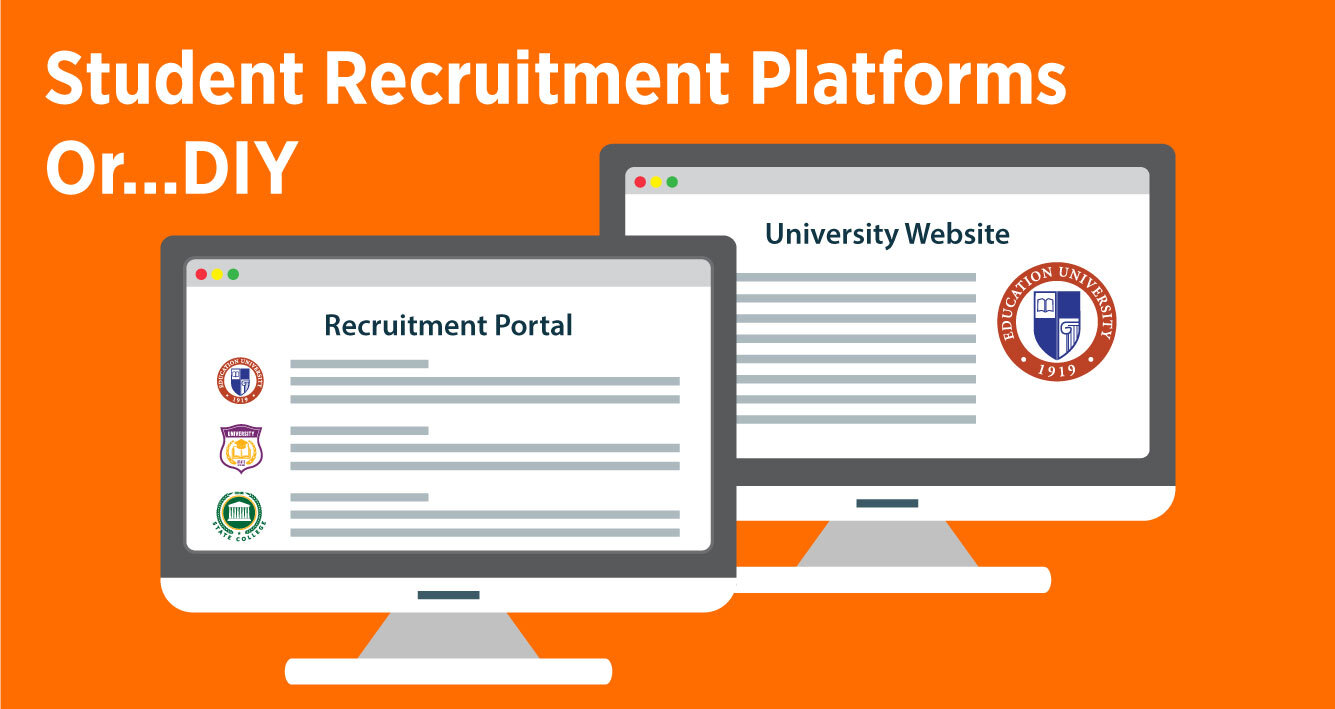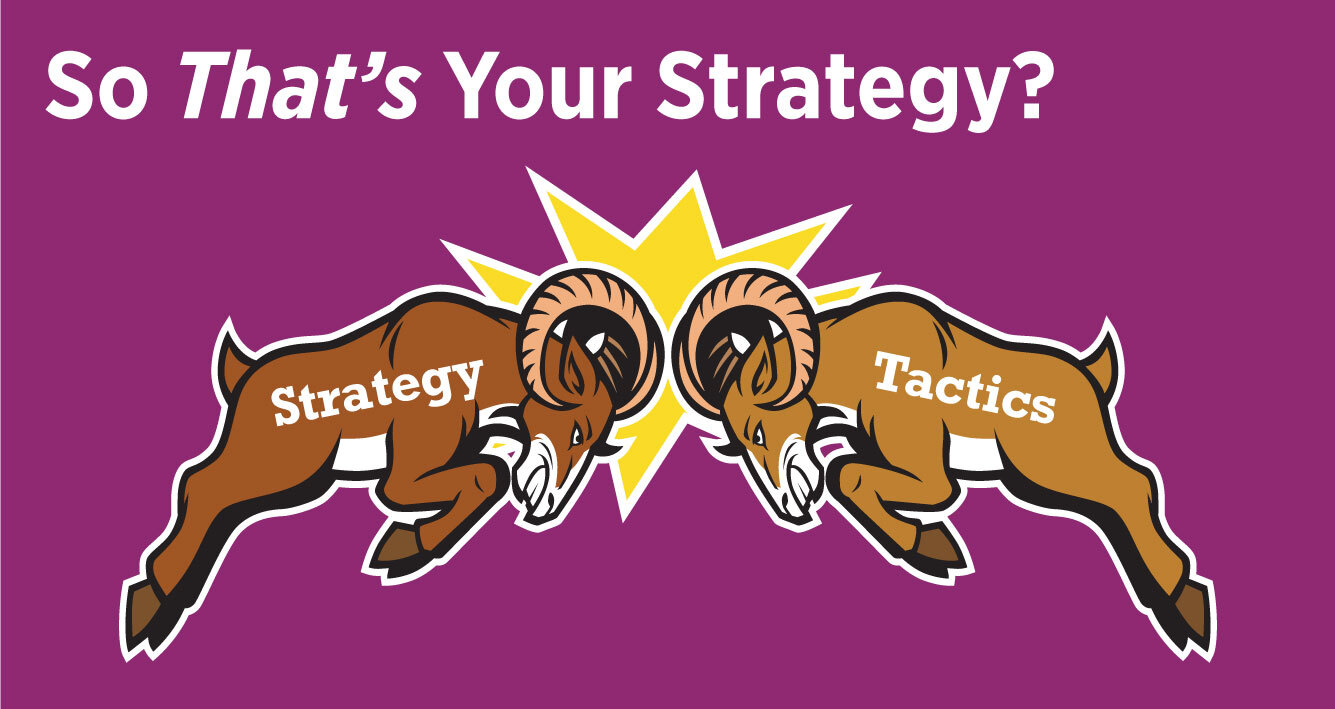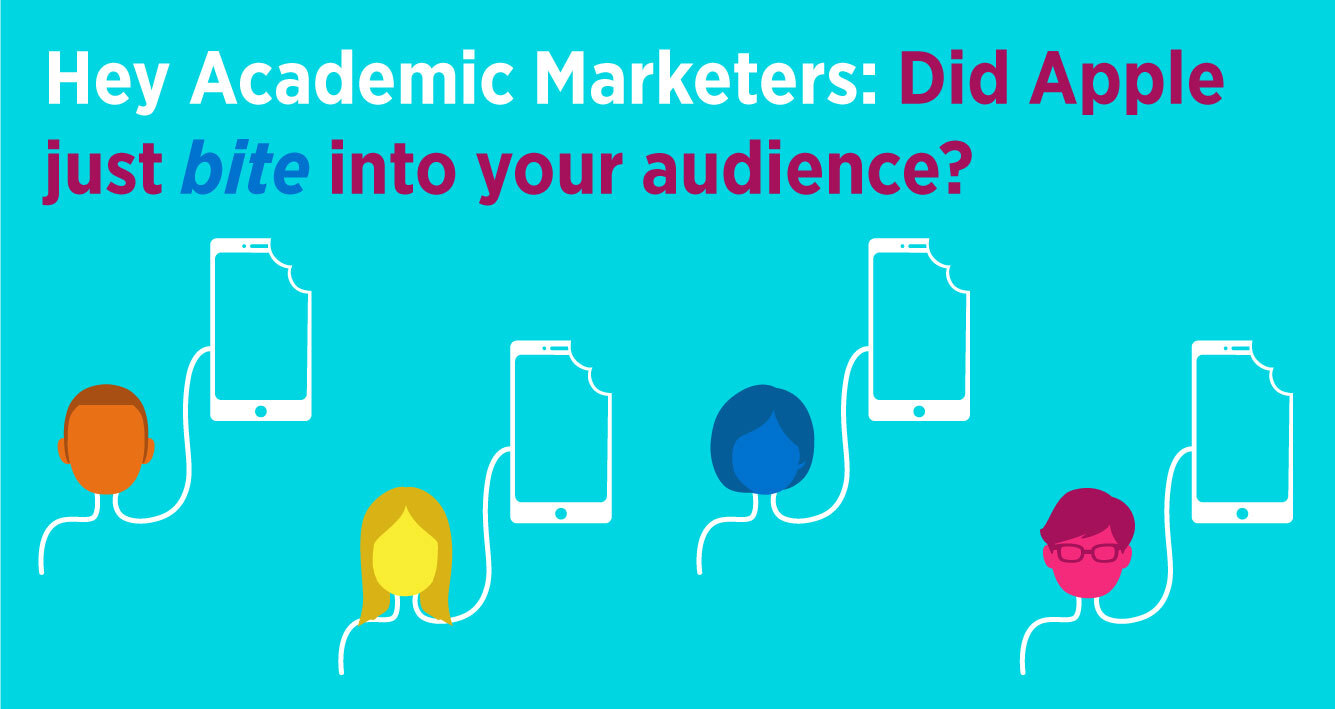In what month do students in Brazil graduate high school? How about China? Are they the same? Germany and France must be on the same schedule though, right?
Out of the top 29 countries sending international students out into the world, 11 of them have academic years starting in September and ending in June. Eighteen others don’t. And, no, German and French school calendars are not aligned.
Knowing when to reach prospective students is as important as knowing where to reach them. And when your audience is spread across the globe, school admissions and matriculation timing is anything but consistent.
This is important information to your student recruitment team if they are going to reach those students with the right information at the right time. Handy to have a cheatsheet with that information at your fingertips, right?
That’s why we’ve created the Global School Start Calendar featuring 29 top-sending countries. Knowing what drives your international students' planning plays into your recruitment and admissions messaging and timing.
This cheat sheet gives you at-a-glance dates and other relevant reference points for:
- Secondary academic calendars
- University academic calendars
- Major academic exam dates
- Perspective on student recruitment campaign launch dates
An important side note: Because dates change all the time, as do undergrad exam requirements, we will be updating this resource as appropriate. And, since you are part of the global student recruitment community, we more than welcome your input and updates to this reference tool.
If you see any information that has recently changed or want additional details added, please let us know. We want this tool to be really useful and can use our crowdsourced community’s help to keep it current.
This cheat sheet will be available for free to blog subscribers for a limited time. Or, join Intead Plus and your team can access this and all our other Intead Index student recruitment essentials any time the need arises.
Ready to download your free copy of our Global School Start cheat sheet? Read on…
Read More
